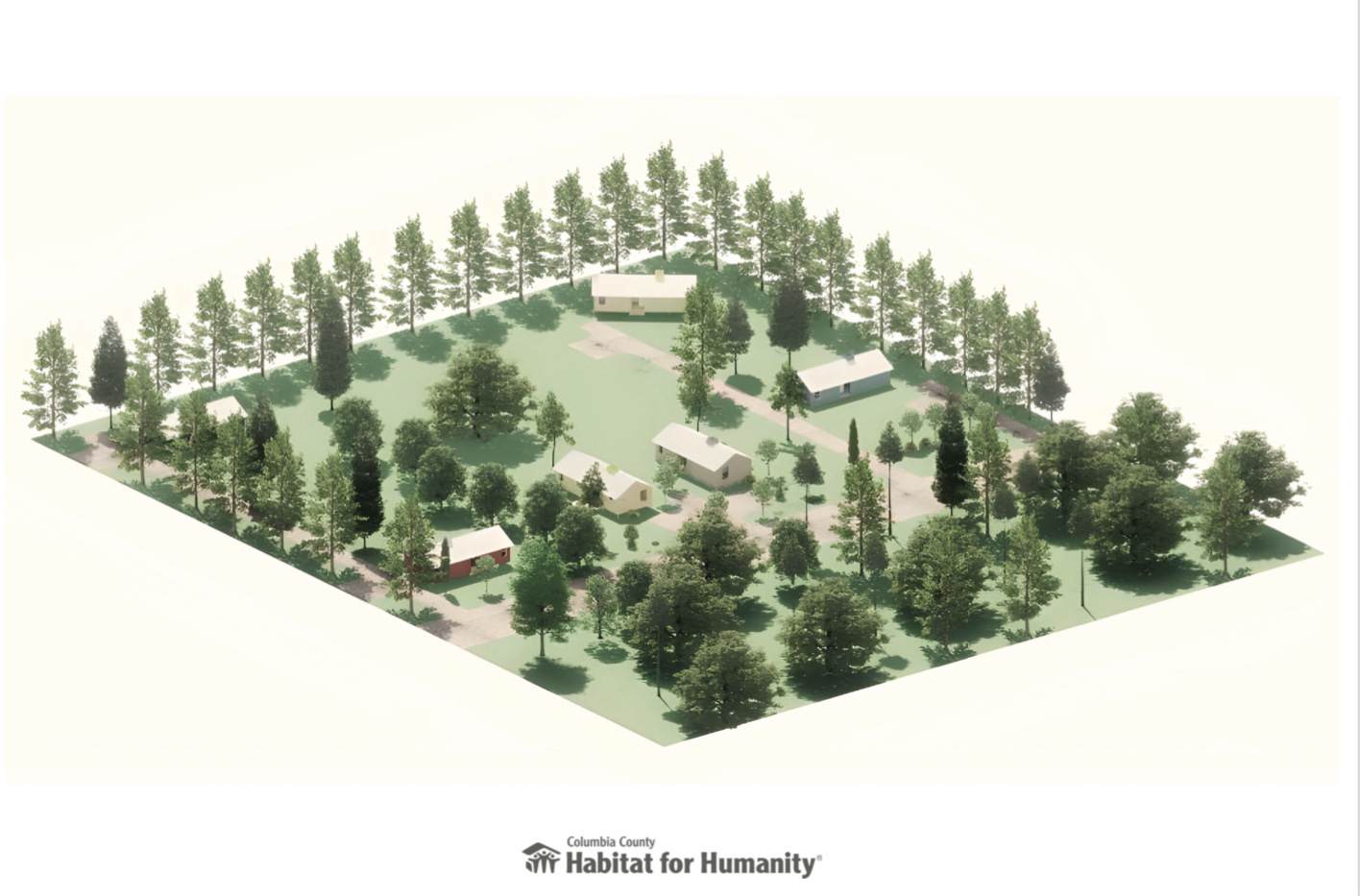It should not be hard to build a house.
Shelter is a basic human need, and we’ve been doing it for centuries, advancing our building capabilities since emerging from the savannas and rock caves that housed our ancestors.
From a construction standpoint, home building is not hard at all. In 2022, over a million new homes were erected in the United States. Last year, though, marked the first in 10 that new housing starts declined (by about 10%). Still, a million is not nothing. But it’s not nearly enough.
Some stats:
85% of new homes are single-family detached.
We have built less than 1/2 a house for every job created in the Hudson Valley over the last several decades.
In 1950, the average house size was less than 1000 square feet. Today it is over 2500 square feet.
While houses got larger, the median household size has decreased by 16% since 1940.
We the people have made it harder on ourselves than it needs to be. Seems to be a lot of that going around.
This week, our organization, Columbia County Habitat for Humanity, formally unveiled a new housing design, created to offer a variety of affordable housing options for our mostly rural communities. We will be focusing on correcting what is missing in our market: starter homes affordable by average and lower wage workers. We are growing and evolving our operation to build more.
Our new starter home designs include a replicable building model that balances sustainability and cost, and high quality with affordability. Key features will include:
Efficient Design and Systems: All electric house with an air-source heat pump for heating and cooling and an electric hot water heater. Energy usage is expected to be about 1/3 of the area’s typical comparable home.
Net Zero Ready: The estimated power usage will allow the homeowner to install a roof-top solar system sufficient to power the entire home.
Scaled for Rural Builds: Use of an engineered waste disposal system will reduce required lot sizes, promoting clustering and greater density in locations not served by municipal sewer systems.
The new expandable design concept will provide affordable, efficient, and sustainable housing for local working residents earning an average wage: 3-4 bedroom/2 bath homes and a 2 BR/1 BA home with an accessory rental unit, which will allow a family to own a home that might otherwise be unaffordable, all while providing a much needed additional rental unit in the marketplace.
The missing piece at present is land. Sites suitable for small scale developments in communities that want more housing and the stability and vitality that homeownership brings are hard to come by. We are working on that, and the good news is that many local officials, organizations and citizens now agree that something must be done to get more housing built. Some communities have already taken action.
So, the ice is breaking.
Stay tuned…







As usual, I both laud your position and your choice of musical accompaniment.
We're working on just that in Green Bay. Groundbreaking has started in an "affordable neighborhood." Your all-electric plus solar is genius!